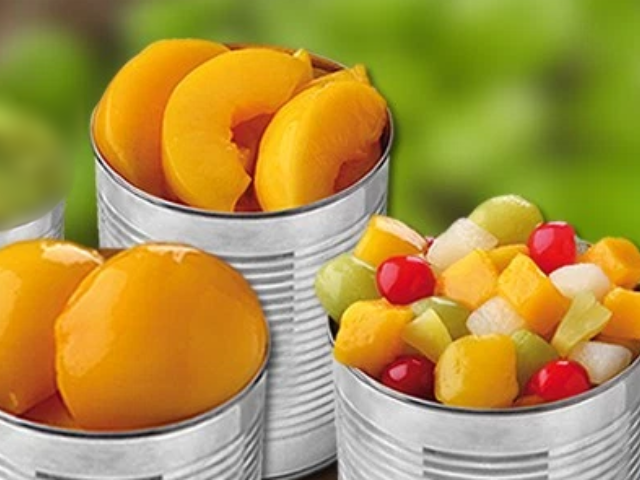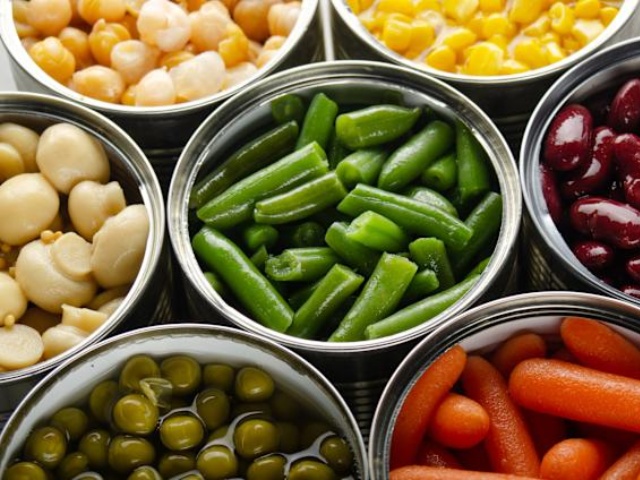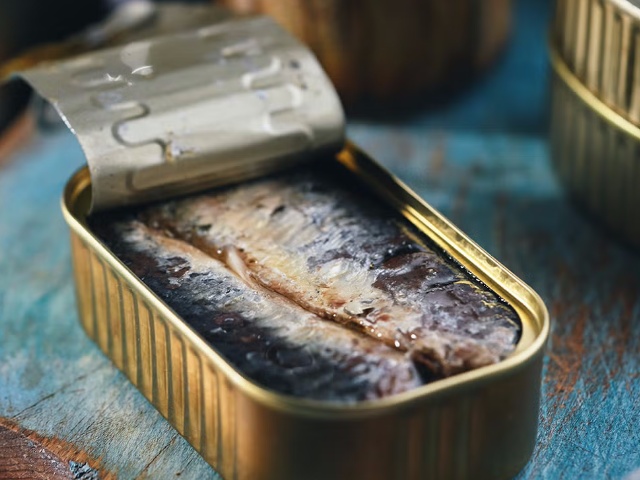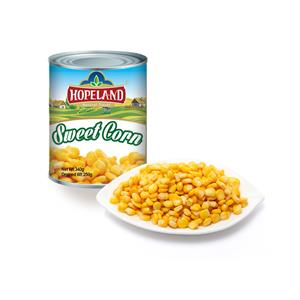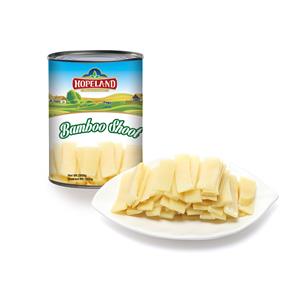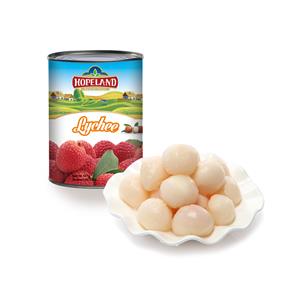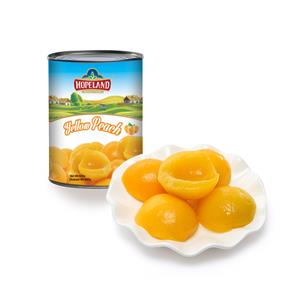5 Canned Foods You Should Always Keep in Your Pantry
A well-stocked pantry can make all the difference when it comes to preparing healthy, delicious meals quickly and without stress. Among the staples every kitchen should have, canned foods stand out as true heroes. From nutrient-packed vegetables to protein-rich beans and fish, canned goods offer a perfect blend of convenience, affordability, and nutrition.
Whether you’re facing a busy weeknight, preparing for unexpected guests, or simply want to save time in the kitchen, these pantry essentials can help you whip up something satisfying with minimal effort. Let’s explore five canned foods you should always keep on hand and why they deserve a permanent spot in your pantry.
1. Canned Fruits: A Taste of Summer All Year Long
There’s nothing quite like the sweetness of ripe fruit. But what happens when your favorite fruits are out of season or you don’t have time to wash, peel, and slice them? Enter canned fruits—your shortcut to enjoying nature’s sweetness no matter the time of year.
Canned peaches, pineapple, pears, and mixed fruit cocktails are more than just convenient; they’re also surprisingly nutritious. Many canned fruits are packed at peak ripeness, meaning they retain much of their flavor and nutritional value. Look for options packed in 100% juice or water to avoid added sugars and keep your snacks or recipes healthier.
Here are some ways to make the most of canned fruits:
Quick Breakfasts: Stir canned peaches or pears into your morning yogurt or oatmeal for a burst of natural sweetness.
Easy Desserts: Layer canned pineapple with cake mix for a fuss-free pineapple upside-down cake.
Healthy Snacks: Blend canned fruit with a little ice for a refreshing smoothie in minutes.
The best part? There’s no washing, peeling, or chopping involved—just open a can and enjoy. For busy families, students, or anyone trying to eat healthier on a budget, canned fruits are an invaluable pantry addition.
2. Canned Vegetables: Nutritious and Ready to Go
Eating more vegetables is a key recommendation for nearly every healthy diet plan. But let’s face it—fresh vegetables can spoil quickly, and prep work like peeling and chopping often feels like a chore. That’s why canned vegetables are a lifesaver.
Green beans, corn, carrots, peas, tomatoes, and even more exotic options like bamboo shoots or artichoke hearts are available year-round in canned form. These pantry staples can complement almost any meal and are perfect for creating nutritious dishes on the fly.
Consider these ideas for using canned vegetables:
Quick Side Dishes: Heat canned green beans or corn with a little olive oil, garlic, and herbs for a flavorful side in minutes.
Soups and Stews: Canned diced tomatoes are a foundation for countless soups, stews, and chili recipes.
Pasta and Rice Dishes: Toss canned peas or mushrooms into pasta, risottos, or stir-fries for added nutrients and flavor.
Worried about sodium? Many brands now offer low-sodium or no-salt-added options, making it easier to control your intake. You can also rinse canned vegetables under water before using them to reduce sodium levels by up to 40%.
3. Canned Beans: The Plant-Based Protein Powerhouse
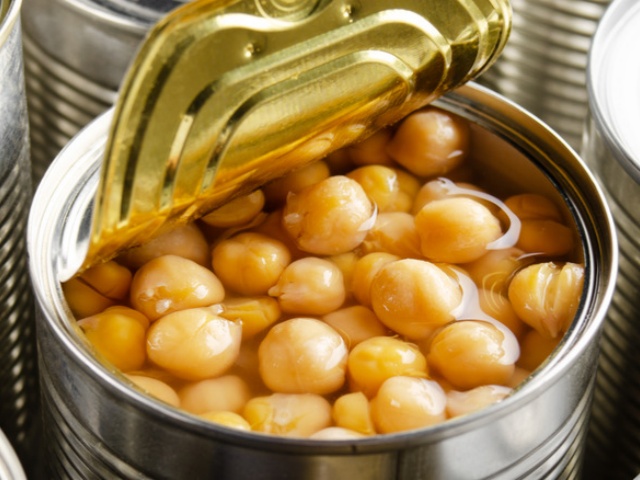
Beans are one of the most versatile, affordable, and nutritious foods you can keep in your kitchen. Canned beans, in particular, remove the barriers of soaking and long cooking times, putting plant-based protein within easy reach anytime.
Black beans, kidney beans, chickpeas, lentils, and cannellini beans provide fiber, protein, iron, and a host of other nutrients. They’re excellent for vegetarian and vegan diets but also make great side dishes or additions to meaty meals.
Ways to enjoy canned beans include:
Hearty Salads: Toss chickpeas into a Mediterranean salad with cucumbers, tomatoes, olives, and feta cheese.
Quick Soups: Add black beans to vegetable broth with spices for an instant black bean soup.
Protein-Packed Snacks: Mash kidney beans with avocado and lime juice for a creamy bean spread.
Canned beans are not only affordable but also long-lasting, making them an ideal staple for meal planning and emergency food supplies alike.
4. Canned Fish: Omega-3s Made Easy
Fish is an excellent source of lean protein and heart-healthy omega-3 fatty acids, but fresh fish isn’t always practical for everyday meals. Canned fish like tuna, salmon, sardines, and mackerel offer a budget-friendly, shelf-stable alternative that doesn’t compromise on nutrition.
Canned fish is incredibly versatile and can be used in a variety of dishes:
Quick Lunches: Make a classic tuna salad sandwich or stuff pita bread with tuna, Greek yogurt, and chopped veggies.
Weeknight Dinners: Mix canned salmon with breadcrumbs and spices to form salmon patties.
Healthy Snacks: Top whole-grain crackers with sardines, avocado, and a squeeze of lemon for a nutritious snack.
For the healthiest options, choose fish canned in water rather than oil and check labels for sustainable sourcing certifications like MSC (Marine Stewardship Council).
5. Canned Meats: A Reliable Protein Source
While canned fish often takes the spotlight, don’t overlook canned meats like chicken, turkey, or even lean cuts of beef. These can save time and provide high-quality protein for a range of dishes.
Canned chicken breast, for instance, can be tossed into salads, wraps, casseroles, or even added to soups for extra protein. It’s a great option for busy nights when you don’t have time to cook fresh meat or for keeping protein in your diet during emergencies.
Other ideas include:
Taco Night: Use canned chicken with taco seasoning for fast and flavorful chicken tacos.
Quick Pasta Dishes: Stir shredded canned beef into tomato sauce for a meaty pasta topping.
Meal Prep: Add canned turkey to quinoa bowls with roasted vegetables for easy, protein-rich lunches.
As with all canned products, look for low-sodium or no-salt-added varieties to help manage your sodium intake.
Why Keep These Canned Foods on Hand?
Canned foods are more than just a backup plan—they are a smart choice for everyday meals. Here’s why:
✅ Convenience: No washing, chopping, or peeling means less prep time and quicker meals.
✅ Budget-Friendly: Canned foods are often less expensive than fresh or frozen, helping you save on grocery bills.
✅ Long Shelf Life: Most canned goods last 1–5 years in your pantry, reducing food waste and ensuring you’re always prepared.
✅ Nutrition: Canned foods are picked and packed at peak ripeness, retaining much of their nutritional value.
Plus, they pair beautifully with fresh or frozen ingredients, making it easy to create balanced, delicious meals.
Tips for Choosing and Storing Canned Foods
Read Labels Carefully: Look for products with minimal added salt, sugar, and preservatives.
Rotate Your Stock: Use older cans first and place new purchases at the back of your pantry.
Store Properly: Keep canned goods in a cool, dry place to maximize their shelf life.
Get Creative: Mix canned and fresh ingredients to keep meals interesting and flavorful.
The Bottom Line
Canned foods are pantry powerhouses that make healthy eating easier, faster, and more affordable. From sweet fruits and crunchy vegetables to protein-rich beans, fish, and meats, these essentials allow you to prepare nutritious meals anytime—even on your busiest days.
Think of canned foods as your “kitchen safety net.” They’re not just for emergencies—they’re for every day. So next time you’re stocking your pantry, be sure to include these five canned foods. With them on hand, delicious and wholesome meals are never more than a few minutes away.

